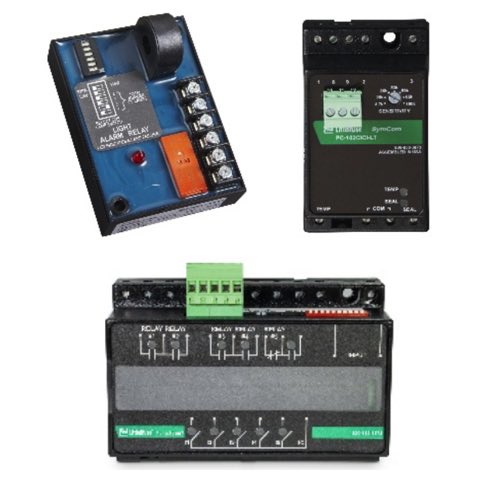Littelfuse Solid State Relays

Littelfuse solid state relays (SSRs) are a crucial component in modern electrical and electronic systems, renowned for their efficiency and reliability. These relays use semiconductor devices to switch on and off, which allows for rapid, silent switching without the mechanical wear and tear associated with traditional electromechanical relays. This solid state technology ensures a longer lifespan and higher reliability, particularly beneficial in applications where frequent switching is required.
One of the key advantages of Littelfuse SSRs is their ability to handle high voltages and currents, making them suitable for a wide range of applications, from industrial automation to motor control and heating systems. They are also capable of switching at very precise moments, which is crucial in processes where timing is critical. This precision helps in reducing energy wastage and improving overall system efficiency.
Littelfuse designs its SSRs to provide optimal thermal management. This is crucial as solid state relays can generate significant heat during operation, especially when handling larger loads. Efficient heat dissipation ensures the relay operates within safe temperature ranges, thereby extending its service life.
More Information about Littelfuse Solid State Relays
In terms of form factor, Littelfuse offers a variety of solid state relay designs, including panel mount, PCB mount, and DIN rail mount options. This variety ensures that their SSRs can be easily integrated into different types of systems, whether for new designs or retrofitting into existing setups.
Another significant feature of Littelfuse solid state relays is their inherent resistance to shock and vibration. This makes them particularly suitable for use in harsh environments where mechanical relays might fail. Additionally, since SSRs do not have moving parts, they are immune to contact wear and are less susceptible to degradation over time, even under heavy use.
What is a Relay & How it Works
What is a relay?
A relay is an electrically operated switch. Most relays use an electromagnetic to operate the switch. An electromagnet is a device that creates a magnetic field by passing an electrical current through a coil of wire. The magnetic field is then turned off when the current is removed.
Why use relays?
Relays are commonly used when there is a need to control a switch with high voltage or circuits with large amounts of current passing through them. Operating these types of switches manually can be dangerous, inefficient and impractical. By using relays, operational safety is increased while also providing the ability to use smaller, safer and less expensive electrical equipment to control devices. Using relays allow for control of several devices on a single switch, as opposed to using several switches for each device. Relays can be combined with timers and logic circuits to assist in electrical automation.
How do relays work?
A relay consists of two separate circuits that work together to open or close a switch (or contacts). The first circuit drives the coil (or electromagnet). The electricity passes through the coil, creating a magnetic field. The second circuit contains a set contacts and a separate power source. This circuit is what provides power to the electrical load.
When electricity passes through the coil, it creates a magnetic field. This magnetic field pulls the contact from the other circuit closed (or against the stationary contact) which will allow current to pass through the contacts, therefore allowing the load to become energized. When the coil is de-energized, the magnetic field is gone which allows the contact to be pushed back into its original state, de-energizing the load side of the circuit.

